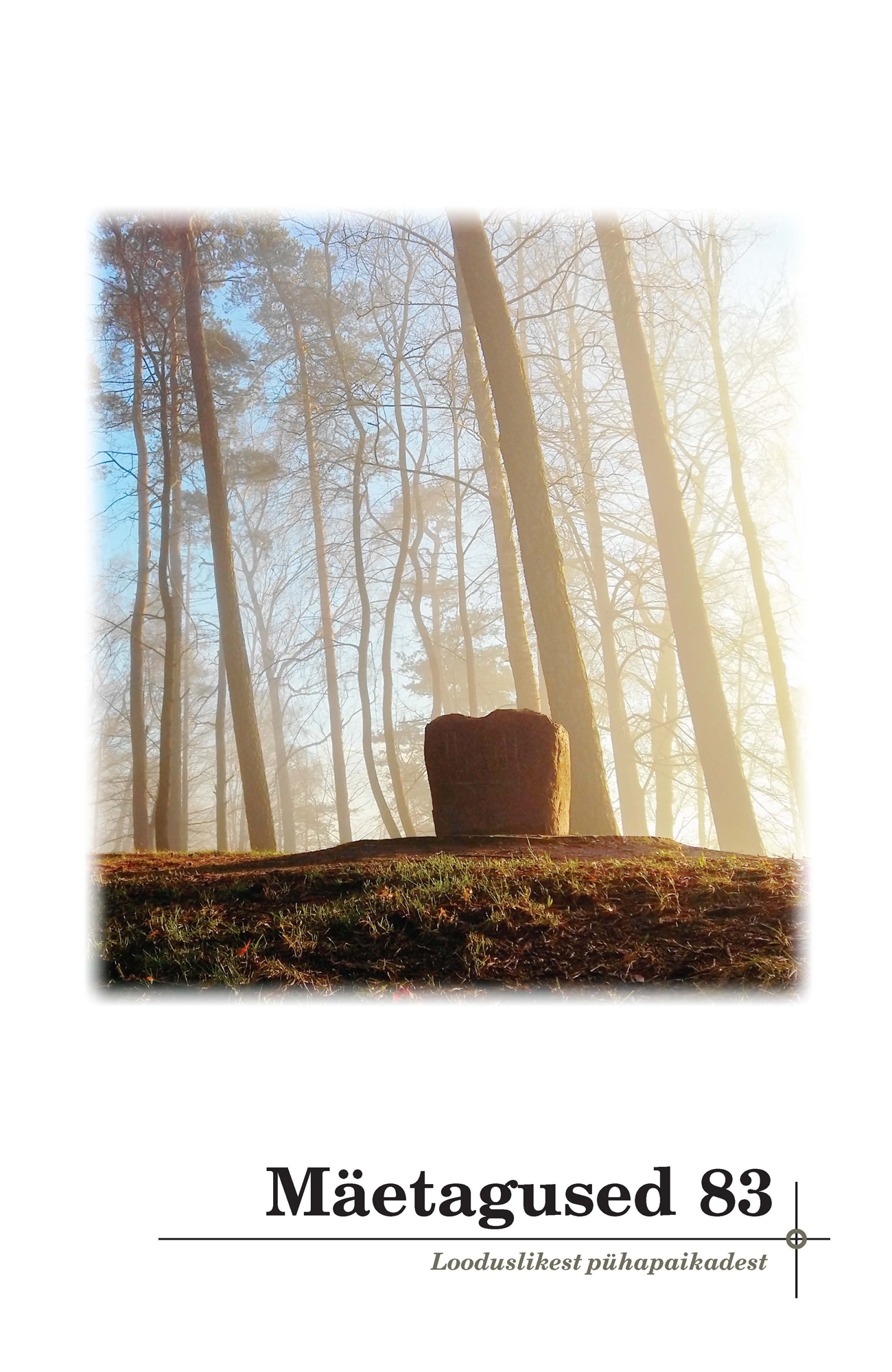Kohapärimuse roll keskkonnakonflikti diskursuses: Paluküla hiiemäe juhtum
The role of place-lore in environmental conflicts discourse: The case of Paluküla sacred hill in Estonia
Author(s): Lona PällSubject(s): Museology & Heritage Studies, Customs / Folklore, Cultural Anthropology / Ethnology, Culture and social structure
Published by: Eesti Kirjandusmuuseum
Keywords: cultural heritage; ecosemiotics; environmental conflicts; place-lore; sacred natural sites;
Summary/Abstract: This article is a critical study of how local place-related narratives, i.e., place-lore, is integrated into environmental discussions. Place-lore reflects the cultural and ecological dimensions of collective environmental experience; for example, what kind of species grow in a specific place, what are the characteristics of the landscape, what kind of activities and usages certain environment allows, etc. Place-lore is culturally and ecologically highly contextual and refers to the environment it represents. However, when including these kinds of contextual and environmental-related narratives in conflict communication, the narratives may become disconnected or decontextualised from the environment represented. Combining the frameworks of ecosemiotics, environmental communication studies, and place-lore research, the article explores how a new storytelling context, ideological choices, and the logic of conflict communication influence the interpretation of place-lore. The theory is applied to an empirical examination of the public discussion of Paluküla sacred hill in central Estonia. The conflict surrounding the plan to build a ski resort near Paluküla sacred hill is one of the longest place-centred environmental conflicts in contemporary Estonia. A larger opposition broke out in 2004 and discussions are still ongoing. Moreover, Paluküla is a good model conflict for studying the role of place-lore in similar conflicts. Since the beginning of the conflict, it has been characteristic of the debate to involve references to and discussions of folklore, and also to question, compare, and use specific place-related vernacular knowledge and narratives as part of the argumentation. Tracking references to the previous place-lore about Paluküla Hill in the media coverage of the conflict allows a demonstration of how the contextuality and referentiality towards an extra-narrative environment that are originally present in place-lore are often overlooked or ignored in conflict discourse. When part of practices, activities, or ways of relating with the place are ignored or diminished in the discussion, the possible semiotic relationships with the environment also become neglected. This, in turn, leads to socially and ecologically disconnected discussion.
Journal: Mäetagused. Hüperajakiri
- Issue Year: 2022
- Issue No: 83
- Page Range: 59-88
- Page Count: 30
- Language: Estonian

